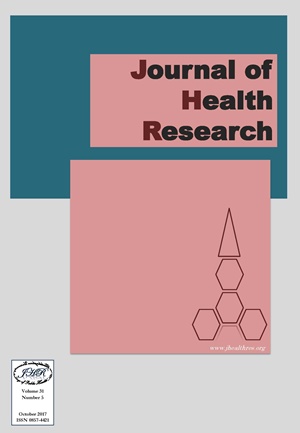Factors Affecting Child Mortality among Poor and Non-Poor Households with Children under Five in Lao PDR: an Analysis of the 2015 Population and Housing Census
Keywords:
Child mortality, Children under five, Poverty, Lao PDRAbstract
Background: Lao PDR has the highest rate of child mortality among ASEAN countries. The reduction of child mortality is one of the core goals of the Lao government and an overarching indicator of its Sustainable Development Goals (SDGs). Overall, child mortality in Lao PDR has significantly declined. However, child mortality has still remained high and differences between socio-economic groups in terms of child mortality rates have persisted, reflecting differences in household wealth, education, place of residence and household sanitation. Therefore, the main objective of this study was to analyze the socio-economic factors affecting child mortality and to assess the inequity of child mortality between the poor and non-poor households in Lao PDR.
Methods: This study used the binary logistic regression analysis. The data from the Lao Population and Housing Census 2015 conducted by the Lao Statistics Bureau was analyzed.
Results: Findings revealed that poor households were more likely to experience child mortality. Factors associated with child mortality were rural residency, large family size, the inability to speak the Lao-Tai language, male headship, lower education of household headship, households without electricity and use of unclean energy, use of unimproved latrine and unimproved water sources.
Conclusion: To further reduce child mortality, the Lao government and its development partners, in their efforts, should lay emphasis on rural and urban poor households and guarantee that these households are able to access safe water, improved latrines and clean energy for cooking.







